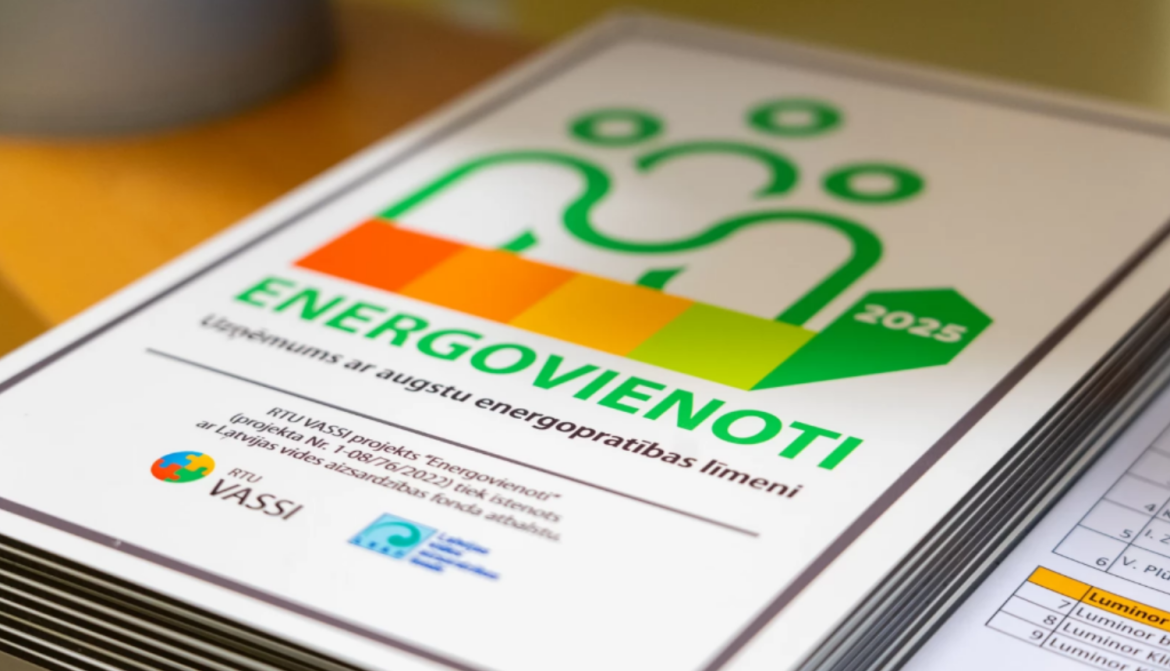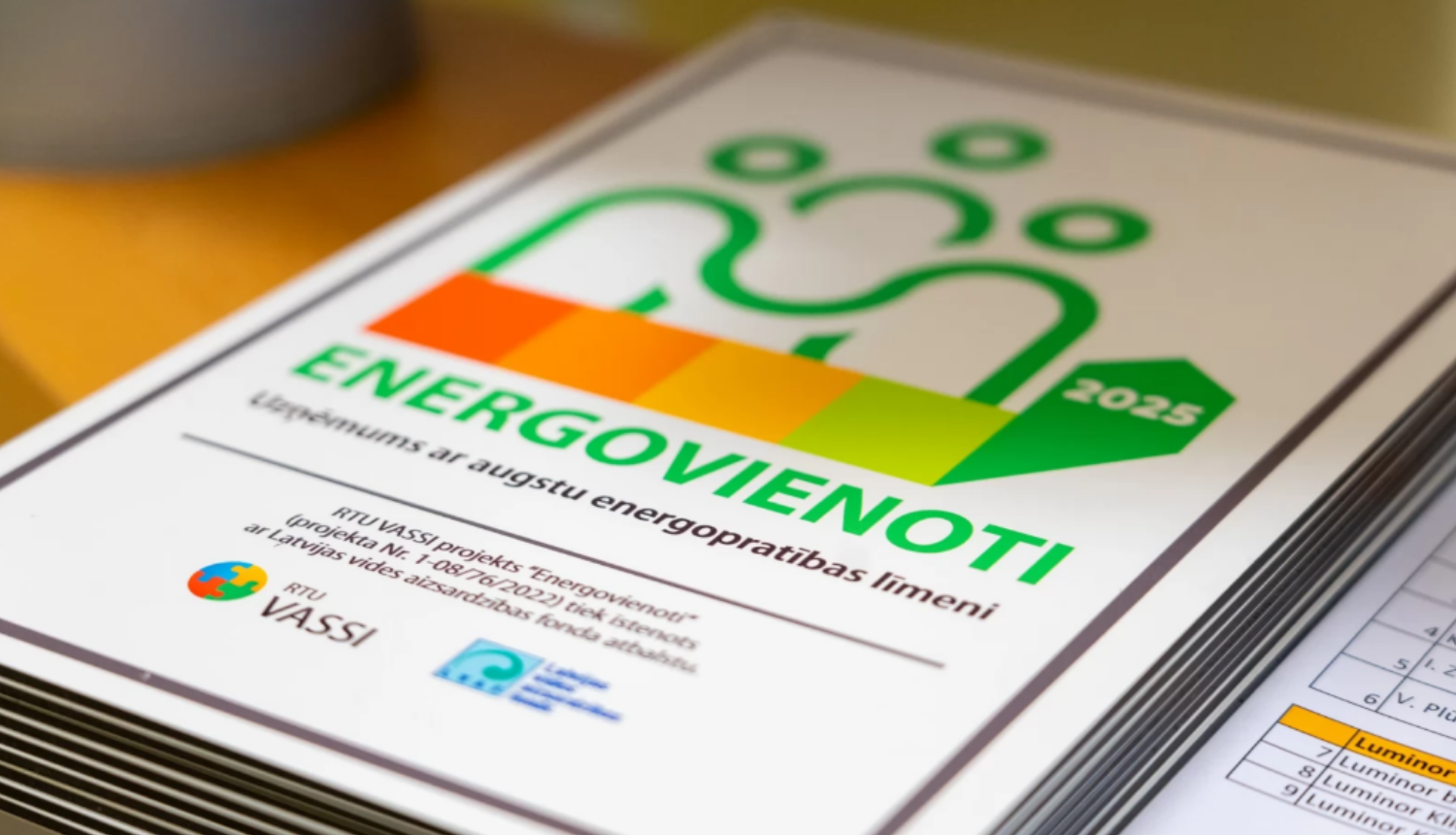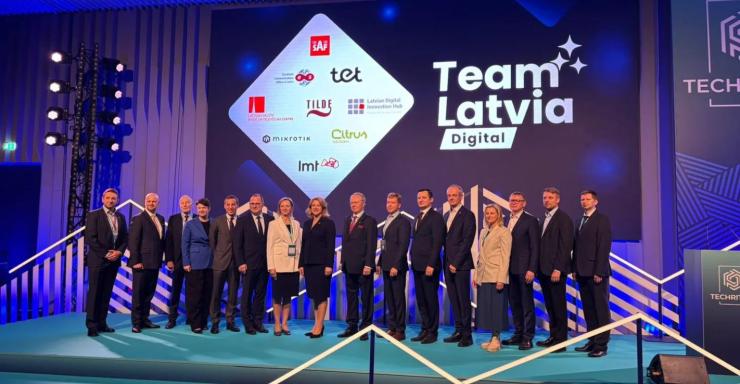Even without major financial investments, companies and institutions can save up to 20% of energy, according to researchers from Riga Technical University’s (RTU) Institute of Environmental Protection and Thermal Systems (VASSI) in the project "Energovienoti."

Switching to LED lighting; installing lighting sensors; replacing old, inefficient equipment; and training employees are the first measures recommended by the project’s researchers for companies and institutions that wish to reduce their energy consumption without making major additional investments. Researchers also concluded that it is crucial whether an organization has an energy manager and how actively this person performs their duties.
At the same time, the most effective measure—although requiring financial investment—is building renovation, which can reduce energy consumption by as much as 50%.
The project “Energovienoti” (No. 1-08/76/2022) is being implemented with the support of the Latvian Environmental Protection Fund. Within the project, RTU VASSI developed an informational and analytical platform, providing society with tools to help reduce energy consumption. The “Energovienoti” label and monitoring system were created and implemented—serving as proof of sustainable best practices for businesses, companies, state and municipal institutions, and organizations across various sectors. With its help, socially responsible companies and organizations whose activities set a good example for others have been identified and awarded.
A total of 113 buildings were submitted for the “Energovienoti” label by companies and organizations. Among them were four in the trade sector, 15 administrative buildings, seven municipal institutions, three state institutions, 24 healthcare facilities, three in the tourism sector, 50 educational institutions, and seven industrial enterprises. The label was awarded to 89 buildings, with the best result being a 53% reduction in heat energy consumption and a 51% reduction in electricity consumption. Overall, when both heat and electricity savings were assessed, the best result was a total energy savings of 44%.
As part of the project, a survey was conducted with 780 respondents in Riga and the regions, aged 18 to 75. It revealed that one-third of residents were ready or rather ready to immediately engage in energy efficiency measures.
However, the majority—67% of respondents—said they would not, or rather would not, be ready to take part in such measures if they had to start within the next week. Most admitted that this was due to a lack of money or information, while 41% indicated that doubts or skepticism about the effectiveness of the measures were the main barriers.
Most respondents said they would be willing to invest financial resources in energy-saving measures if these would help maintain a comfortable indoor temperature, improve living conditions, or benefit their health.
During the project, several other activities were also carried out. Pilot projects were implemented in municipal apartment buildings in Gulbene and Tukums, where seven out of 12 buildings achieved energy savings of up to 16%, resulting in annual financial savings of around EUR 2,000. In addition, a methodology for conducting energy audits was developed—informational and interactive guidelines enabling anyone to assess their home and identify key sources of energy consumption and factors influencing it. A catalog of energy efficiency measures for companies, “Handbook for Energy Enthusiasts”, and a similar handbook for residents were also created, which can be used to support behavioral changes.


